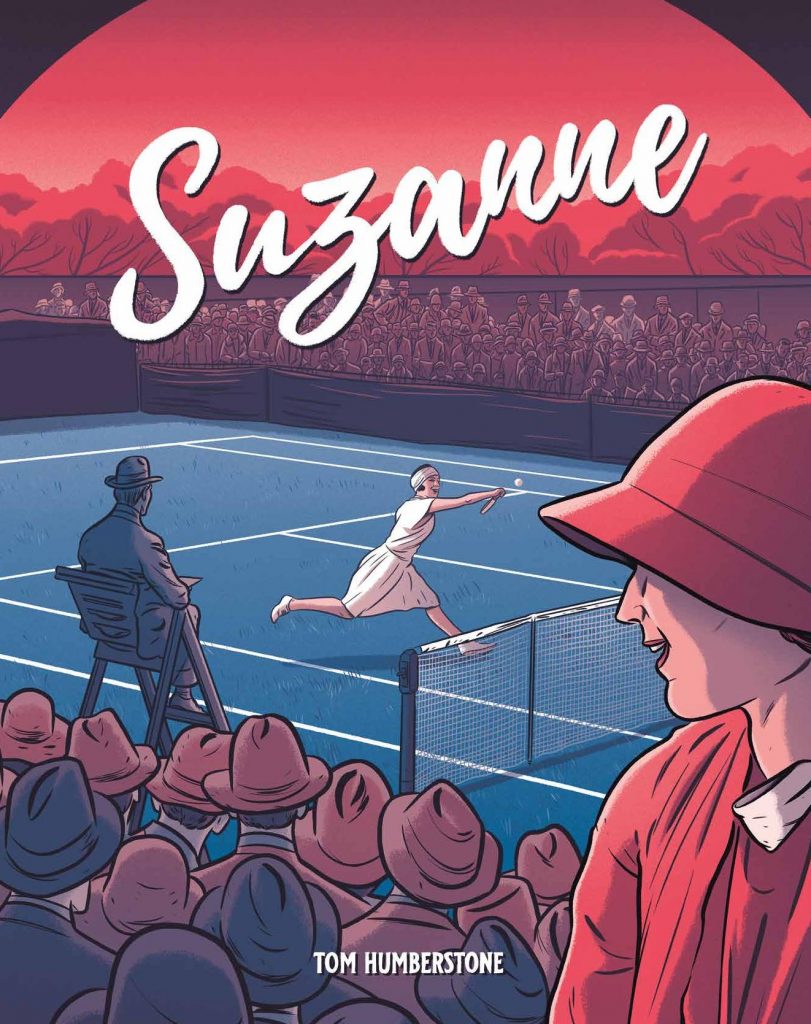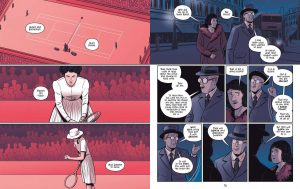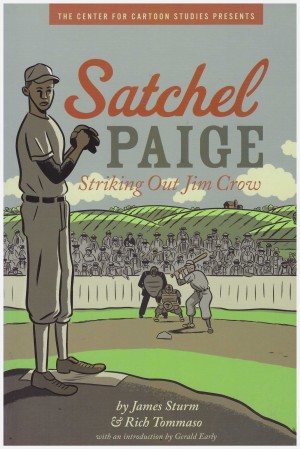Review by Ian Keogh
It’s only tennis fans who now remember Suzanne Lenglen, but to put her in simple context, she was the Serena Williams of her day, the face of women’s tennis and someone who dominated the sport in the 1920s.
Lenglen’s life, though, was tragically brief, and Tom Humberstone begins his biography in 1938 when she’s just six months older than the century, yet tragically on her deathbed with illnesses never definitively diagnosed.
Humberstone’s diligence and interests ensure this isn’t just a biography focussing on tennis success. He contextualises Lenglen’s pioneering importance to her era, and includes other events paralleling her career, such as a failed attempt by the Suffragettes to set Wimbledon tennis premises ablaze as Lenglen was winning French tournaments aged thirteen and fourteen. At this time she was being dictatorially coached by her father, seemingly drawn by Humberstone as much older than one might expect, but actually corresponding with photographs of Charles Lenglen. He was wealthy, so able to ensure proper training facilities to cultivate Suzanne’s natural athleticism
Although well drawn, Suzanne can’t quite escape Humberstone’s primary trade being illustration. His speciality is the single static image, which results in many distinctive portraits and scenes, but the tennis sequences call for movement, which isn’t Humberstone’s greatest strength, and he fudges via montages. In places also, the size of Lenglen’s nose is a little too exaggerated. However, set against art that captivates for so many pages this doesn’t greatly matter. The thought applied to the art is represented by the colour, which is muted throughout in subtle suggestion of the past.
Fame and celebrity status are gradually introduced, and as she escapes from the shadow of her father Lenglen is shown becoming a confident individual very sure of herself, but not always pleasant. A first major battle is actually won off court. When women still wore modest clothing that restricted their movement playing tennis, Lenglen wore a calf-length skirt and ignored the moral outrage and snide comments. However, throughout a spectacularly successful career, for the most part it was concealed that she was constantly beset by poor health, which is aired here, along with the preposterous proposition that it was somehow immoral for athletes to earn money from their talents. Promoters, tournament organisers and associates could earn, but not the people spectators actually paid to watch, so confining the sport to the wealthy.
Tennis fans may already know the outcome of the matches featured here, but Humberstone is aware that most readers won’t, and toward the end he maximises the tension when Lenglen plays American prodigy Helen Wills. In 1926 it was dubbed ‘The Match of the Century’, and the excitement spills from the pages almost a century later.
We already know there’s no happy ending, but Humberstone doesn’t extend that. Having come full circle to the starting point he’s provided a sympathetic understanding of a phenomenal sportswoman who was well ahead of her time in pointing the finger at the sport’s iniquities and inequalities. It’s a fascinating read.







